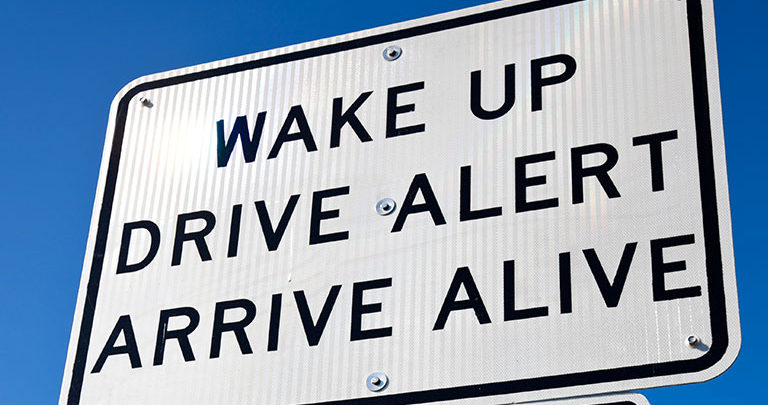
Stay Alert And Stay Out Of The Ditch!
As Tennessee and the nation continue to open back following shutdowns from the coronavirus, drivers are reminded to be safe as they hit the roads again.
One major issue is the dangers of driving while drowsy. Sleepiness can result in crashes any time of the day or night, but three factors are most commonly associated with drowsy-driving crashes.
Drowsy-driving crashes:
- Occur most frequently between midnight and 6 a.m., or in the late afternoon. At both times of the day, people experience dips in their circadian rhythm—the human body’s internal clock that regulates sleep;
- Often involve only a single driver (and no passengers) running off the road at a high rate of speed with no evidence of braking; and
- Frequently occur on rural roads and highways.
How to avoid driving drowsy:
- Getting adequate sleep on a daily basis is the only true way to protect yourself against the risks of driving when you’re drowsy. Experts urge consumers to make it a priority to get seven to eight hours of sleep per night.
- Before the start of a long family car trip, get a good night’s sleep, or you could put your entire family and others at risk.
- Many teens do not get enough sleep at a stage in life when their biological need for sleep increases, which makes them vulnerable to the risk of drowsy-driving crashes, especially on longer trips. Advise your teens to delay driving until they’re well-rested.
- Avoid drinking any alcohol before driving. Consumption of alcohol interacts with sleepiness to increase drowsiness and impairment.
- Always check your prescription and over-the-counter medication labels to see if drowsiness could result from their use.